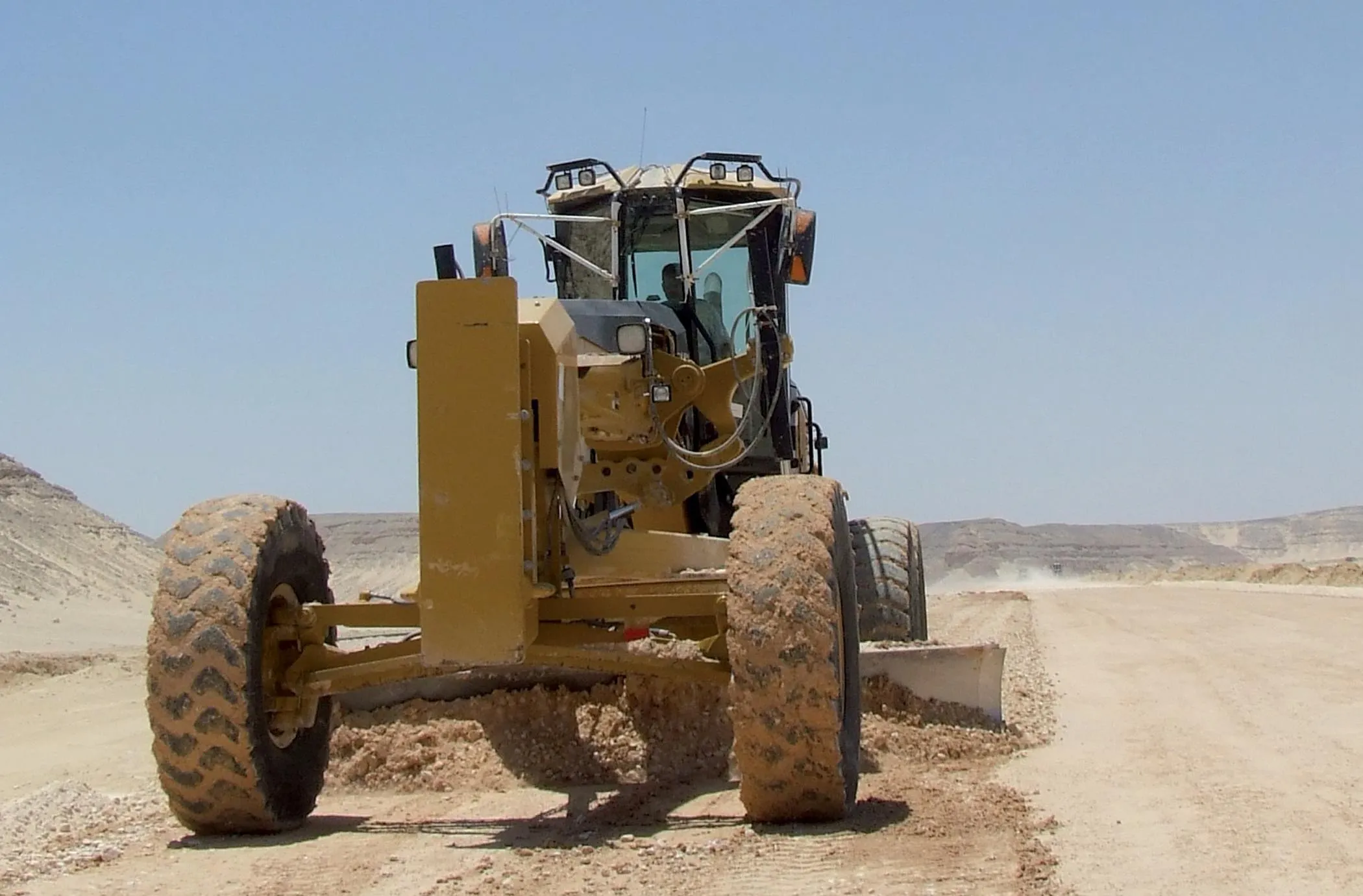Two mechanics in the Ukraine recently took a close interest in a rusty old Russian tank sitting on a plinth, a memorial to the Red Army’s offensive in WWII. The two crawled into the JS-2 tank and after poking around in the engine for a period, managed to fire it up. As the diesel started, a thick black cloud of smoke spewed from the exhausts and the engine then settled to a steady tickover. The diesel engines used in Russia’s WWII tanks were noted for their longevity and simplicity but being able to start following a long period of neglect highlights this rather effectively. Luckily the daring duo decided not to take the tank for a quick spin around their neighbourhood, switching it off instead and quickly walking away. The tank had been previously rusting peacefully while used as a memorial in the city of Kostiantynivka, in the east of Ukraine and local officials are now looking into why it had been left with its engine still capable of being started. Police are meanwhile considering if charges should be brought against the pair for tampering with the tank although it is not clear whether the two broke any laws. It is worth noting that Russian tanks were designed to be able to lay down smokescreens using the exhaust from their engines, although in this case it seems that the dirty emissions were due to a lack of use.
Where there’s smoke
Two mechanics in the Ukraine recently took a close interest in a rusty old Russian tank sitting on a plinth, a memorial to the Red Army’s offensive in WWII. The two crawled into the JS-2 tank and after poking around in the engine for a period, managed to fire it up. As the diesel started, a thick black cloud of smoke spewed from the exhausts and the engine then settled to a steady tickover.
September 29, 2014
Read time: 2 mins









